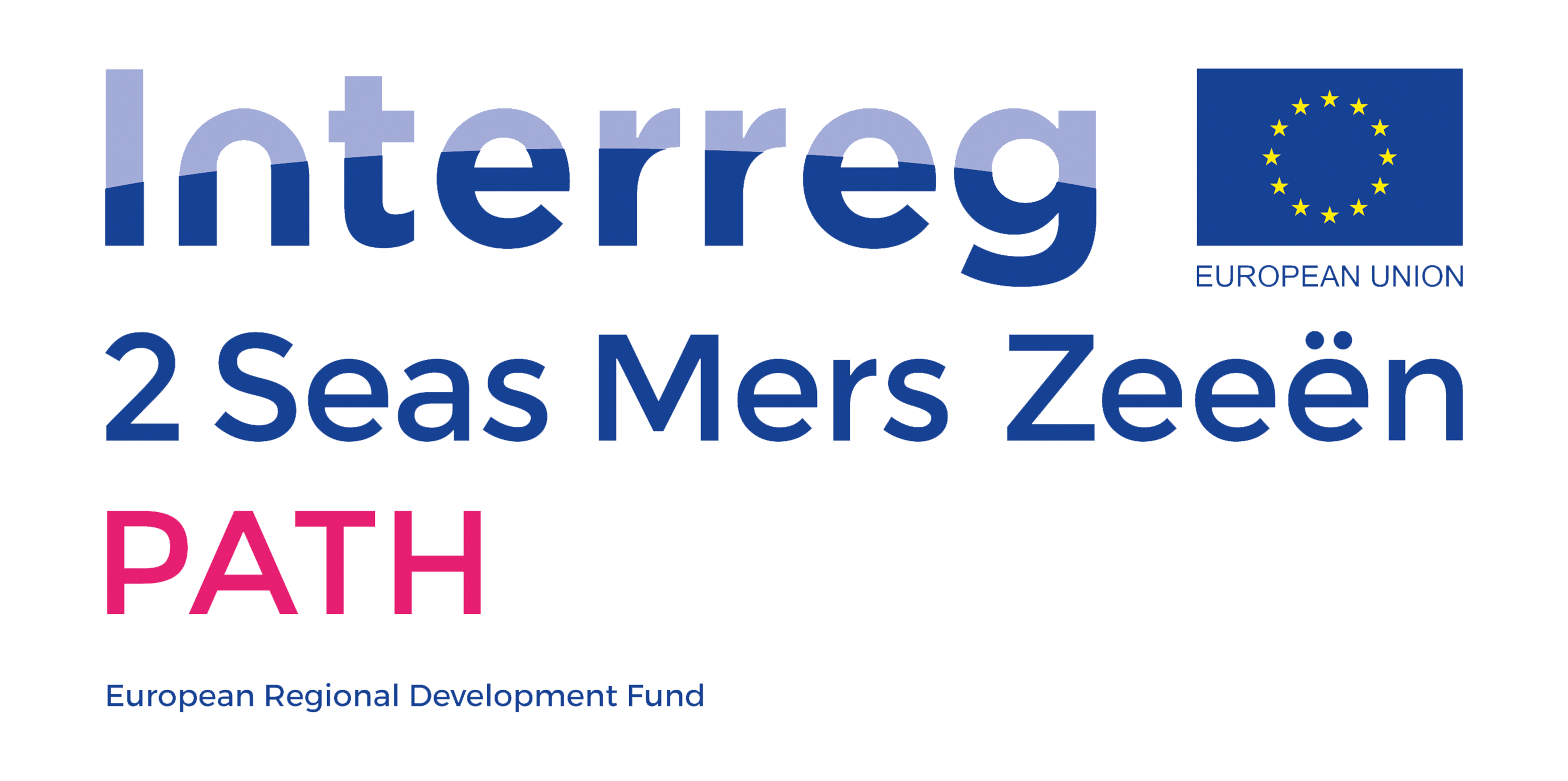
© 2021 Copyright: Bournemouth University
Pregnancy and postnatal period are well established as an increased time of risk for the development of serious mood disorders. Postpartum non-psychotic depression is the most common complication of childbearing affecting approximately 10-15% of women and as such represents a considerable public health problem affecting women and their families.1
The effects of antenatal and postnatal depression on the mother, her close family members and her children make it an important condition to diagnose, treat and prevent. Untreated depression can have adverse long-term effects. For the mother, the episode can be the precursor of chronic recurrent depression. For her children, a mother’s ongoing depression can contribute to emotional, behavioural, cognitive and interpersonal problems in later life.2
Depression can occur during pregnancy and it is less commonly known in comparison to postnatal depression. Some people may experience depression during pregnancy which continues into the postnatal period.
Some of the risk factors for antenatal depression include past psychiatric history of depression or other mental health problems, stressful life events, lack of social support and domestic violence.
For signs and symptoms of antenatal depression, see section on ‘common signs and symptoms of perinatal depression’.
During the first week after childbirth, many mothers can experience baby blues, characterised by lowering of mood, tearfulness and feeling emotional. Baby blues is the most common puerperal mood disturbance with prevalence rates ranging between 30-75%.3
Baby blues are a normal occurrence following birth and occur due to a sudden drop in hormone (oestrogen) and chemical levels after birth. The mother should be reassured and advised that the symptoms will pass within a few days. They could be advised to speak to their midwife or health visitor for extra support during this time.
In the event it doesn’t pass and lasts for 14 days or more, further physical investigations may be required to check for any underlying treatable health issues such as anaemia or thyroid disease.
If the above symptoms do not improve, consideration should be given to the mother’s mental health. Baby blues can be a risk factor for postnatal depression.
Between 10-20% of women can have depression and anxiety during pregnancy and the first year after birth.
The common signs and symptoms of perinatal depression include:
Mild depression– Two or three of the above symptoms are usually present. The woman is usually distressed by these but will probably be able to continue with most activities.
Moderate depression– Four or more of the above symptoms is usually present and the woman is likely to have great difficulty in continuing with ordinary activities.
Severe depression– An episode of depression in which several of the above symptoms are marked and distressing, typically loss of self-esteem and ideas of worthlessness or guilt. Suicidal thoughts and acts, a number of somatic symptoms and psychotic symptoms can also be present.4
1. For women with persistent subthreshold depressive symptoms, or mild to moderate depression, in pregnancy or the post-natal period – consider referring for talking therapy
Health care professionals should also give mothers advice on self-help, healthy diet, exercise, sleep hygiene, peer support groups, online self-help, Wellbeing Plan, Emotional Wellbeing Visits and support from health visitors, recommend courses such as MIND Mums Matters, and signpost them to local support groups.
2. For women with a moderate or severe depression in pregnancy or postnatally – considerations should be given to-
If the woman is on antidepressant medication, they should not be stopped abruptly as it carries a high risk of relapse. The benefits and risks of medications should be discussed with the woman to enable her to take an informed decision on her treatment plan.
If you require further advice, contact your local specialist perinatal mental health team or community mental health team. For further advice on medications in the perinatal period, please refer to ‘Top Tips for GP’s in prescribing in perinatal period’.
Training for healthcare professionals:
Watch our video where Dr Bosky Nair, Consultant Perinatal Psychiatrist, talks about perinatal depression
1. Woody CA, Ferrari A, Siskind D, Whiteford H, Harris M. A systematic review and meta-regression of the prevalence and incidence of perinatal depression. J Affect Disord. 219: 86-92. (2017)
2. Jacobsen, T. Effects of postpartum disorders on parenting and on offspring. L.J.Miller (Ed.), Postpartum Mood Disorders (pp. 119-139). Washington, DC.: American Psychiatric Press. (1999).
3. O’Hara, M. W., Neunaber, D. J., & Zekoski, E. M. (1984). Prospective study of postpartum depression: prevalence, course, and predictive factors. Journal of Abnormal Psychology, 93, 158-171.
4. World Health Organization (WHO). The ICD-10 Classification of Mental and Behavioural Disorders. World Health Organization, 1993.
5. UK National Institute for Health and Care Excellence (NICE). Antenatal and postnatal mental health: clinical management and service guidance (clinical guideline CG192). 2018. www.nice.org.uk/guidance/CG192